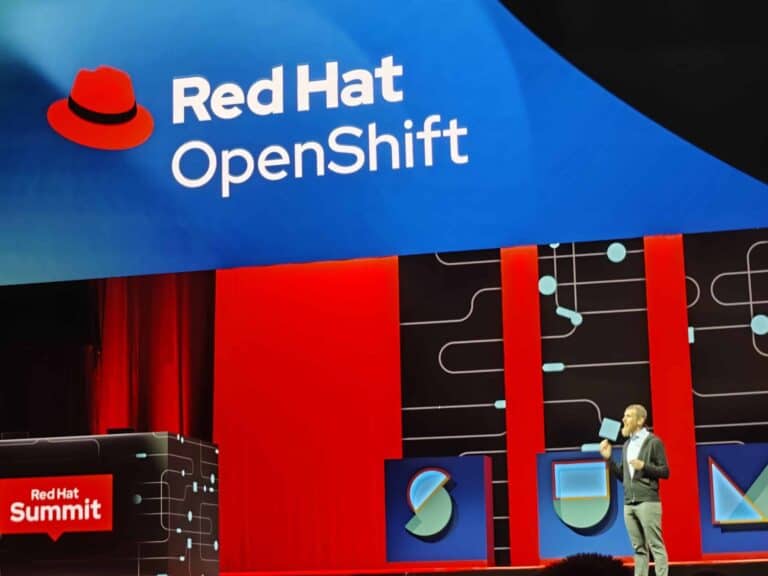The technology preview of Lightspeed, the generative AI chatbot that helps developers do their jobs, is now available in Red Hat OpenShift.
Lightspeed is originally an innovation from Red Hat’s automation platform Ansible. There, it helps users write playbooks. Usually, a lot of programming knowledge is required to set up such a playbook for automation, but Lightspeed uses natural language processing to convert the prompt into written code. This generated code must be as complete as possible to be implemented quickly.
Red Hat has been looking for ways to make Lightspeed more widely available. So now, with the technology preview, there are new options within OpenShift. Here, developers can ask the chatbot technical questions to get detailed answers. For example, the chatbot can support troubleshooting and investigating cluster resources. Because Red Hat is deep in enterprise infrastructure, the chatbot has precise visibility into this. The preview additionally supports Red Hat OpenShift AI and Red Hat Enterprise Linux AI as model providers, allowing Red Hat to act as the source of the underlying LLM.
VMs and containers
Version 4.17 additionally takes Red Hat OpenShift Virtualization to the next level, allowing for smoother management of virtualized workloads. This is done through safe memory oversubscription, a way to run more virtual machines than the available physical memory space allows. There is also improved dynamic workload rebalancing, leading to resource optimization and stability during cluster upgrades or when workload demand changes.
Finally, Red Hat OpenShift Platform Plus users get new Red Hat Advanced Cluster Management capabilities for Kubernetes. This includes improved search and filtering options for VMs. Users can also stop, start, and pause VMs directly from the tool.
Tip: “AI is an application, treat it that way in your IT infrastructure”
